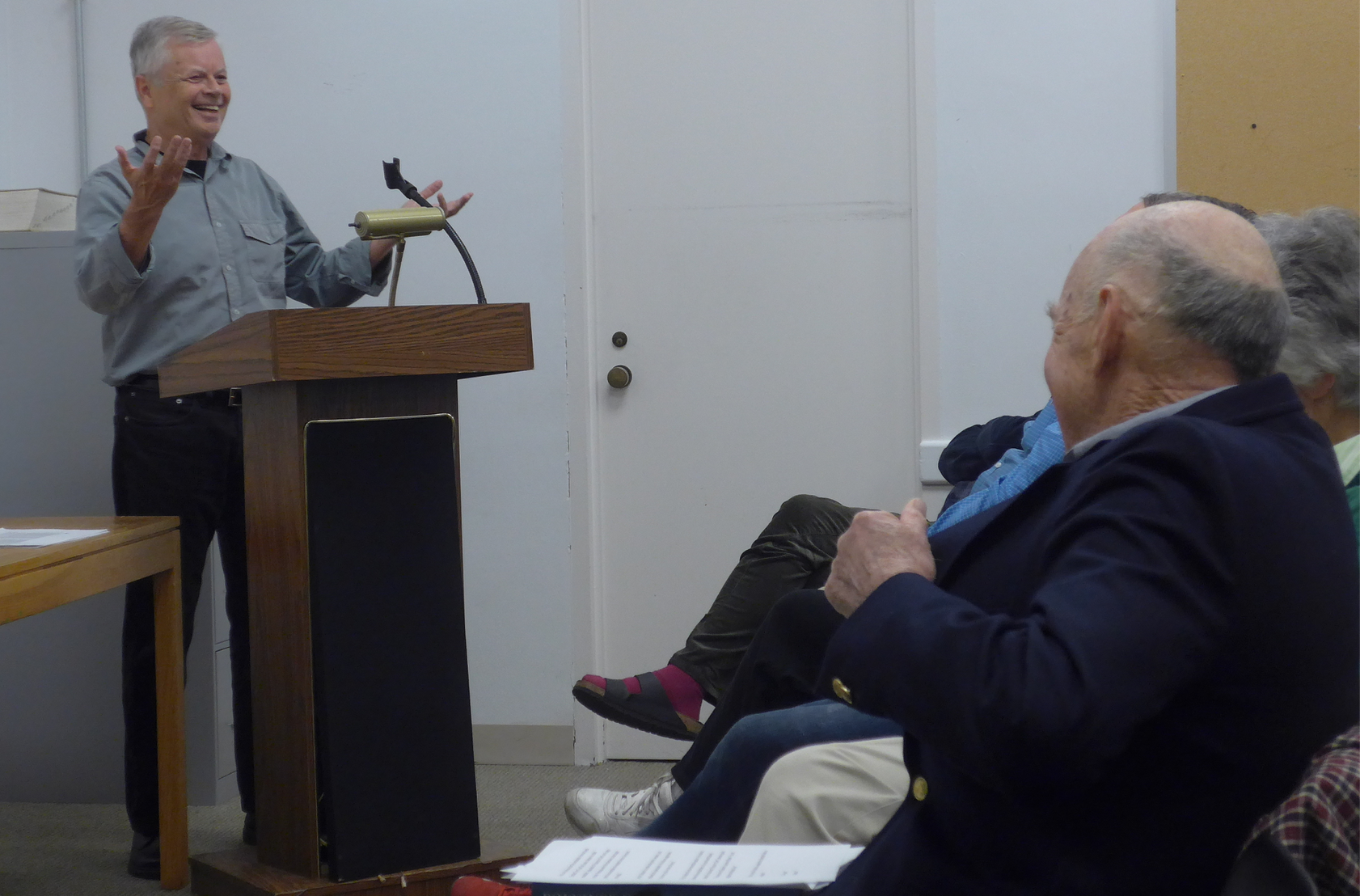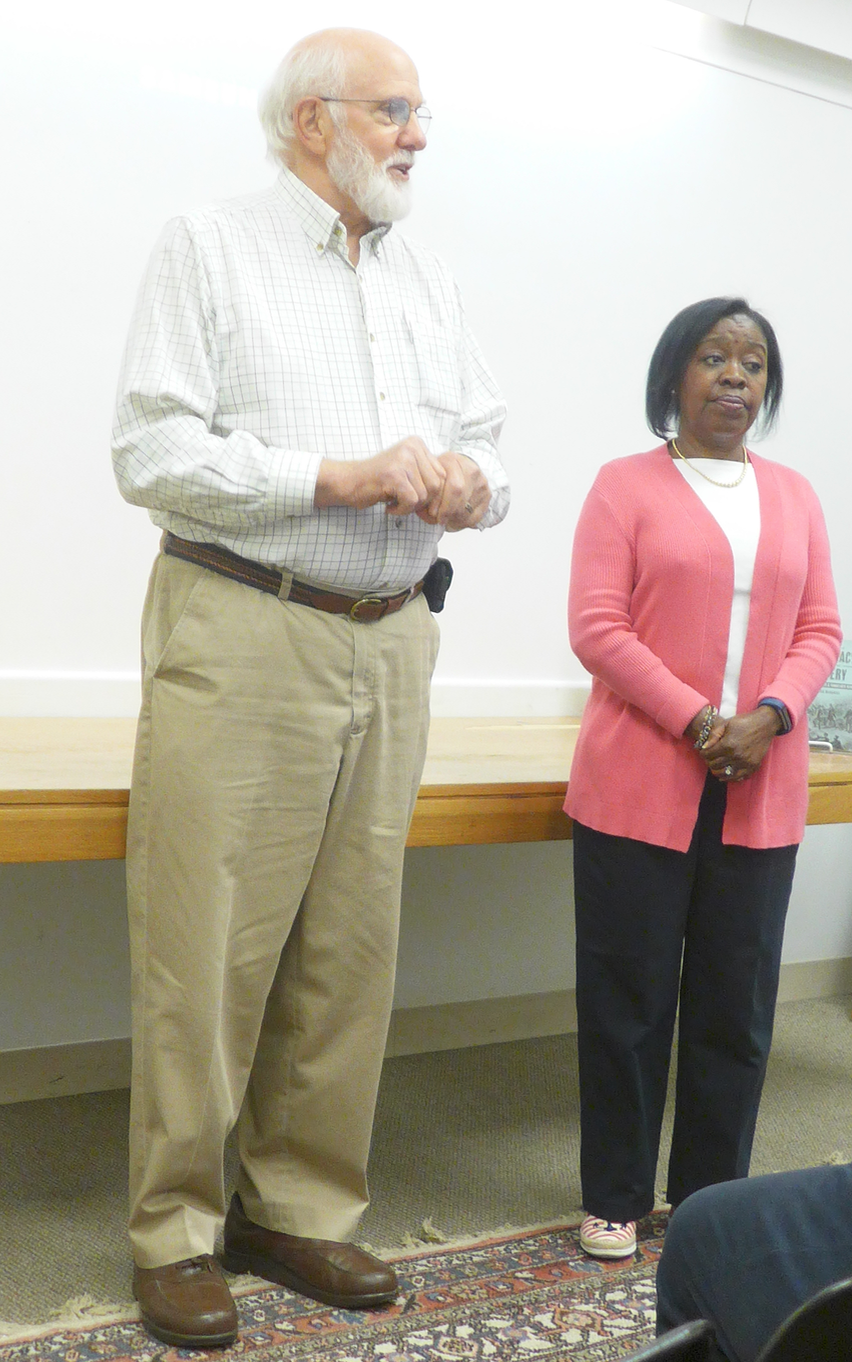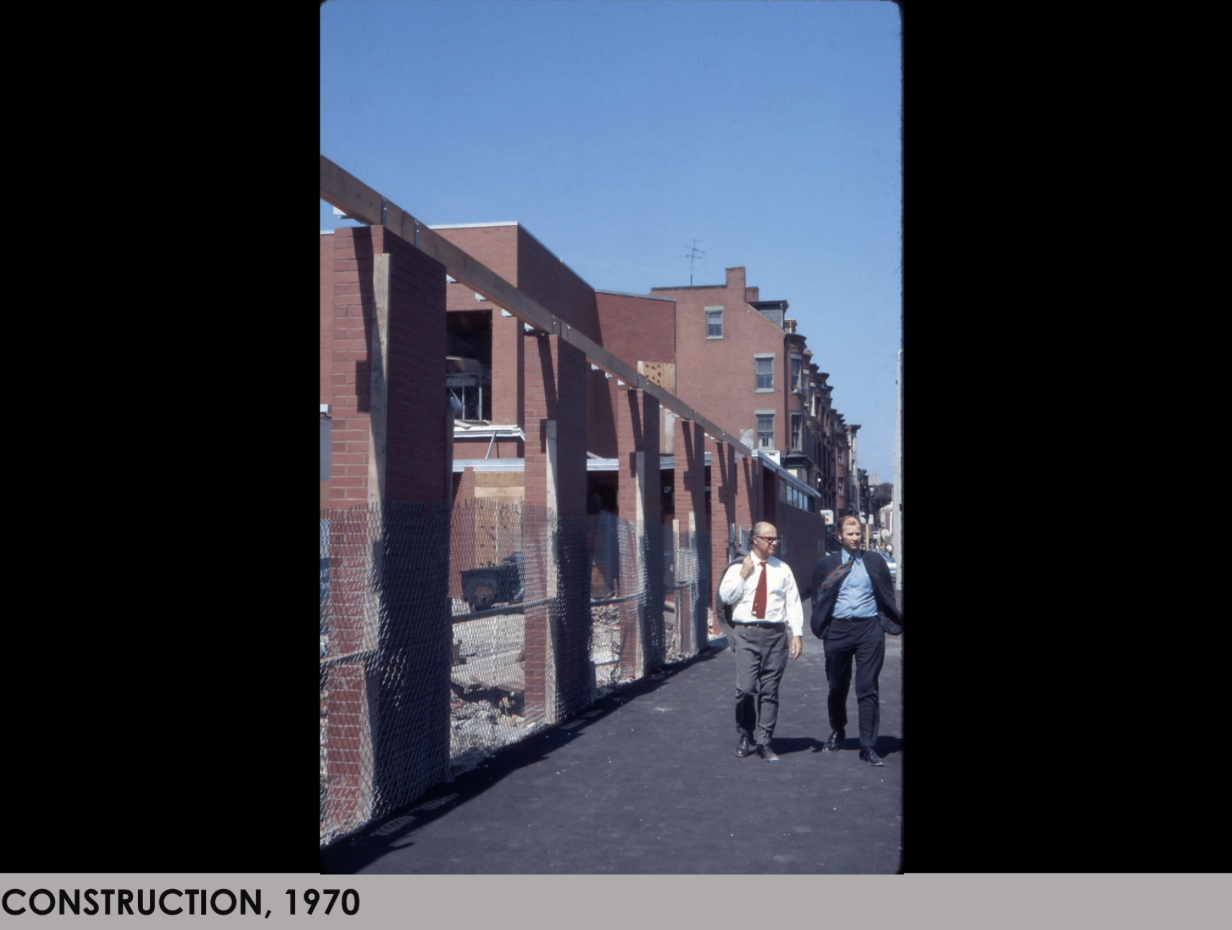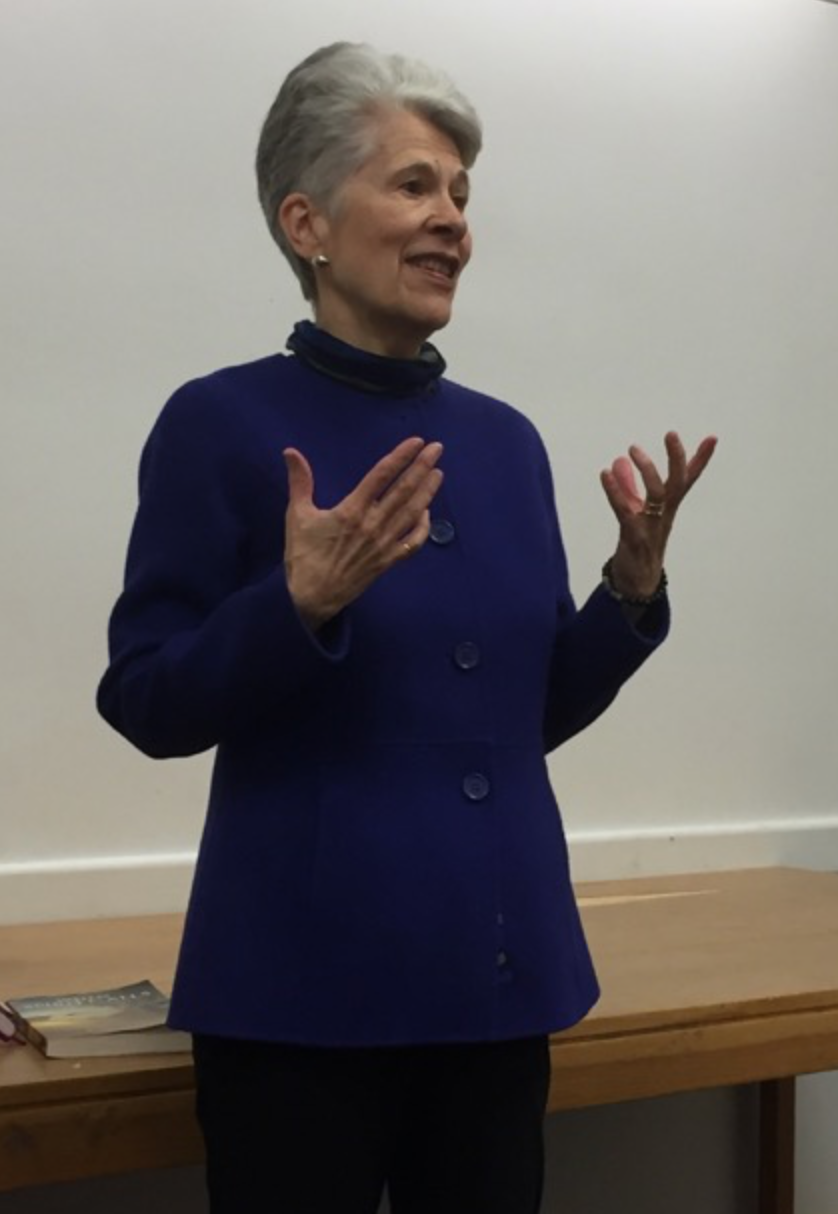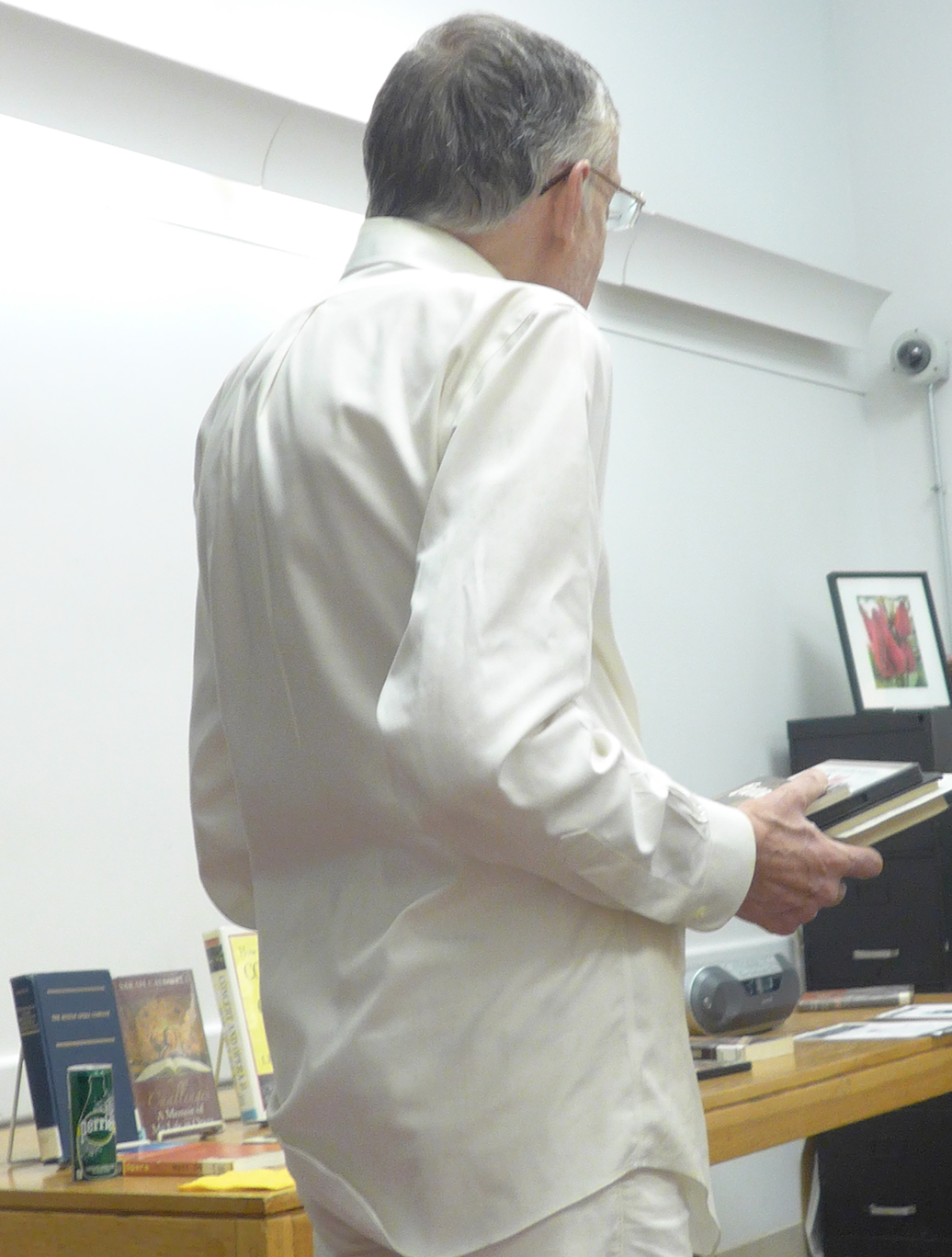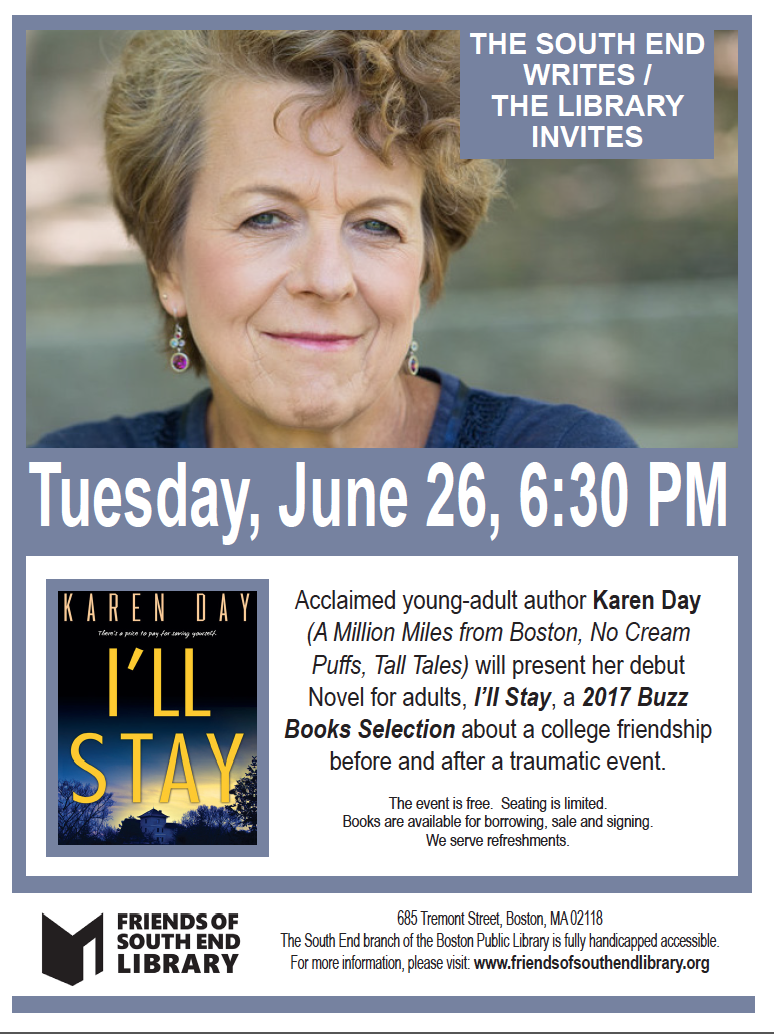The Little Free Library Box on West Newton Street brings free copies of books by authors hosted on its South End Writes via ZOOM speaker program
Now that libraries are closed, bookstores more difficult to access and navigate, and the South End Writes author program has become a ZOOM event, FOSEL is making a small number of copies of the featured writers’ books available for free on a first-come/first-serve basis from a Little Free Library box installed in the front yard of 160 West Newton Street.
Separately, the Boston Public Library (BPL) has started a program to deliver new books for children and adults, purchased from local booksellers to vulnerable populations in Boston. The goal of the privately funded BPL initiative, called Books for Boston, is to distribute 5,000 books. Several thousand have been delivered through partner organizations, including Healthcare for the Homeless, the Pine Street Inn and the Women’s Lunch Place, among others.
FOSEL’s initiative uses money from its South End Writes budget previously reserved for refreshments and flowers for its live events. As such, in the last week, copies of Laura Zigman’s Separation Anxiety (hosted by SEW on April 14) and Barbara Shapiro’s The Collector’s Apprentice (May 26) were placed in the library box. Ashley Molesso’ and Chessie Needham’s The Gay Agenda: A Modern Queer History and Handbook, will be next (June 9), followed by copies of the widely praised novelist Carter Sickel’s The Prettiest Star and The Evening Hour (June 23). Martin Espada’s poetry collection, Vivas to Those Who Have Failed, will be made available after that (July 14) as well as an anthology of 93 poets edited by the celebrated poet, What Saves Us: Poems of Empathy and Outrage.




